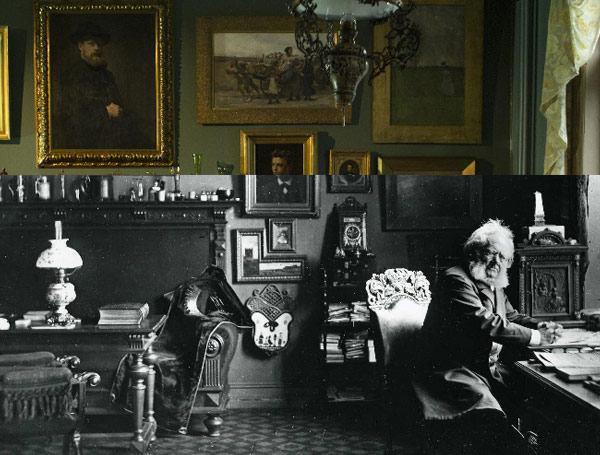
There is no doubt that The Barbican in London is a place rich in culture, colour and artistry, but when it came to reflecting that in their online content, the digital team faced challenges in how creative they could be.
Much of their output was delivered on social media and their blog, but the rigidness of those frameworks made it difficult to create more special online experiences.
“Creativity was confined by a strict template, resigning us to embedded video and photos and limited control over font size,” digital marketing executive at the Barbican Rachel Williams explained. “We also found that visitors were not staying for long when they visited, especially if the blog was longer in length.”
The team had tried building apps and microsites to deliver extra materials and engagement around special events, but they “didn’t always deliver the results we hoped”, Rachel said, as well as being resource-heavy.
Having encountered stories created in Shorthand, the team saw a chance to break out of the boundaries of their blog when the story demanded, but without having to move onto another big build.
“(Shorthand) allowed us to expand our digital content offer to our audiences, giving them different ways to engage with our programme”.
“We had seen several publications using Shorthand to tell their stories and were attracted to this kind of ‘immersive’ storytelling, integrating text with video and audio and high quality images,” Rachel said.
“It made reading an article more of an experience than simply scrolling down. It also allowed us to expand our digital content offer to our audiences, giving them different ways to engage with our programme, even if they weren’t able to join us in person.”
The team’s first Shorthand story was Ibsen: the unlikely radical – an exploration of the life and work of playwright Henrik Ibsen, that is filled with atmospheric video from the landscapes of his home country of Norway as well as a compelling before and after interactive of his office.
Their next project – How do you build an orchestra for London? – documented the process of assembling and rehearsing with an orchestra of 102 young people from the capital, complete with looping video illustrations.
But it was their latest story – The Sounds that Changed America – that has performed top of the class, recording an average dwell time of 11 minutes.
“We wanted to take the reader back to the roots of American minimalist music, to get to know the origins of the composers in our season. To do this, we used background video to place readers within minimalist landscapes from the busy urban city to the desolate deserts that inspired the composers,” Rachel explained.
“Alongside this, the editorial moved away from a simple ‘discography’ approach and instead investigated the catalysts within American society that sparked this musical revolution. This story was a perfect example of strong editorial playing harmoniously with video and imagery to create an immersive experience our readers wanted to spend time with.”
Their stories have also featured ‘book tickets’ buttons, but Rachel said these stories are more about creating an experience that drives knowledge-sharing, as well as providing an evergreen resource.
“By taking a more content driven stance, we aim to drive awareness and interest in a particular event or season before ticket sales. If we tell a strong enough story, we can either hope for a ticket sale or the knowledge that we may have widened a reader’s cultural knowledge – both of which are goals of the Barbican!
“Of course, Shorthand offers other opportunities for us beyond explicitly campaign focussed work but also general storytelling, for example in our Young Orchestra for London piece which was published after the event and so acted as a kind of interactive archive for this exciting moment in our programme.”
“The Shorthand platform is simple to use but produces projects that look anything but”
For the Barbican team, the key benefits in using Shorthand is the ease with which they can bring together rich multimedia, and other elements from across the web – see the Spotify playlist at the end of The Sounds That Changed America – but still monitor performance and engagement like any other piece of content they own.
And create an experience that will delight their audience.
“The Shorthand platform is simple to use but produces projects that look anything but,” Rachel said.
“The creativity of the Shorthand team demonstrated through their ongoing approach to developing and improving the features of the platform make it an exciting platform to work on, allowing users to consider how they could utilise the new evolutions and features but also use existing features in new and creative ways.”




